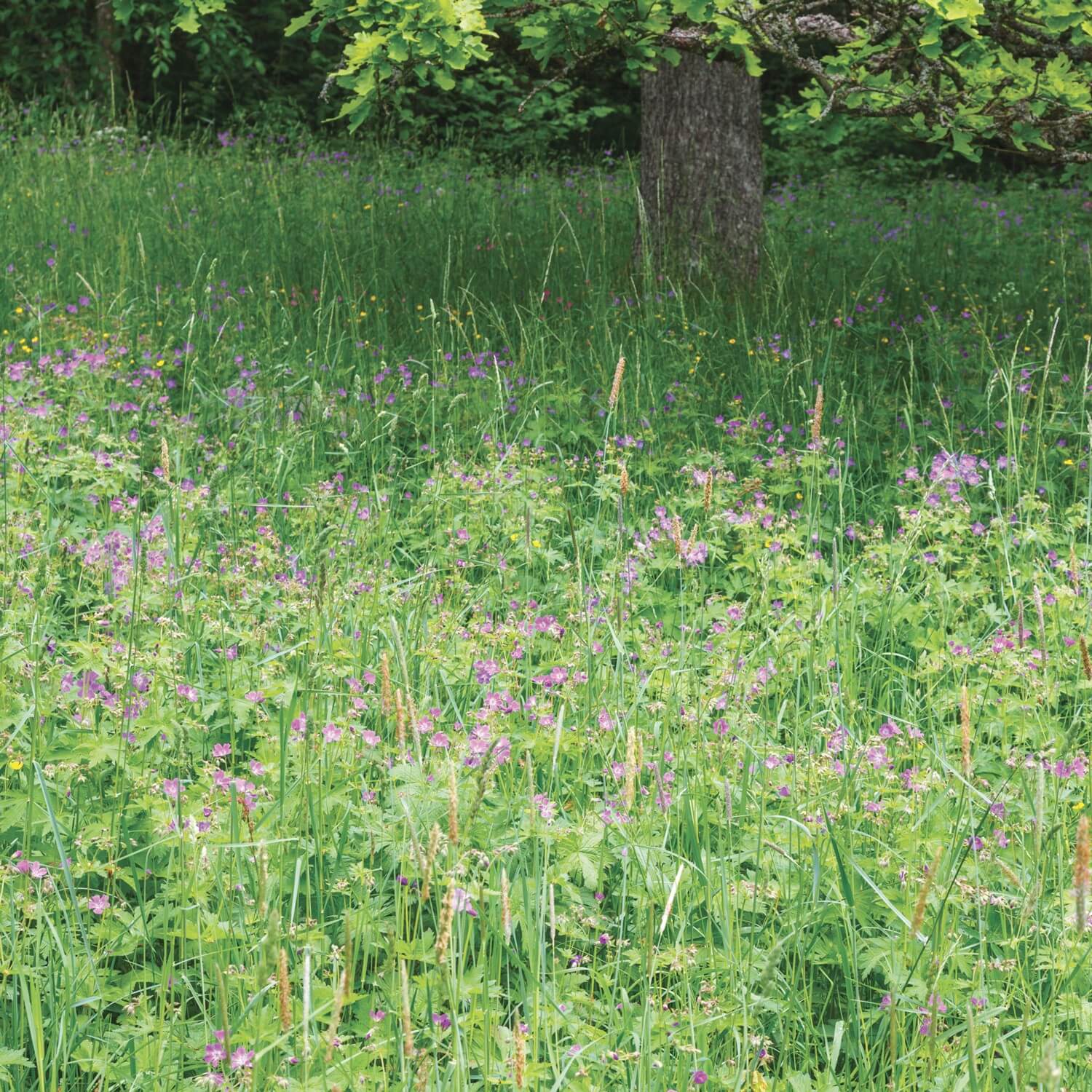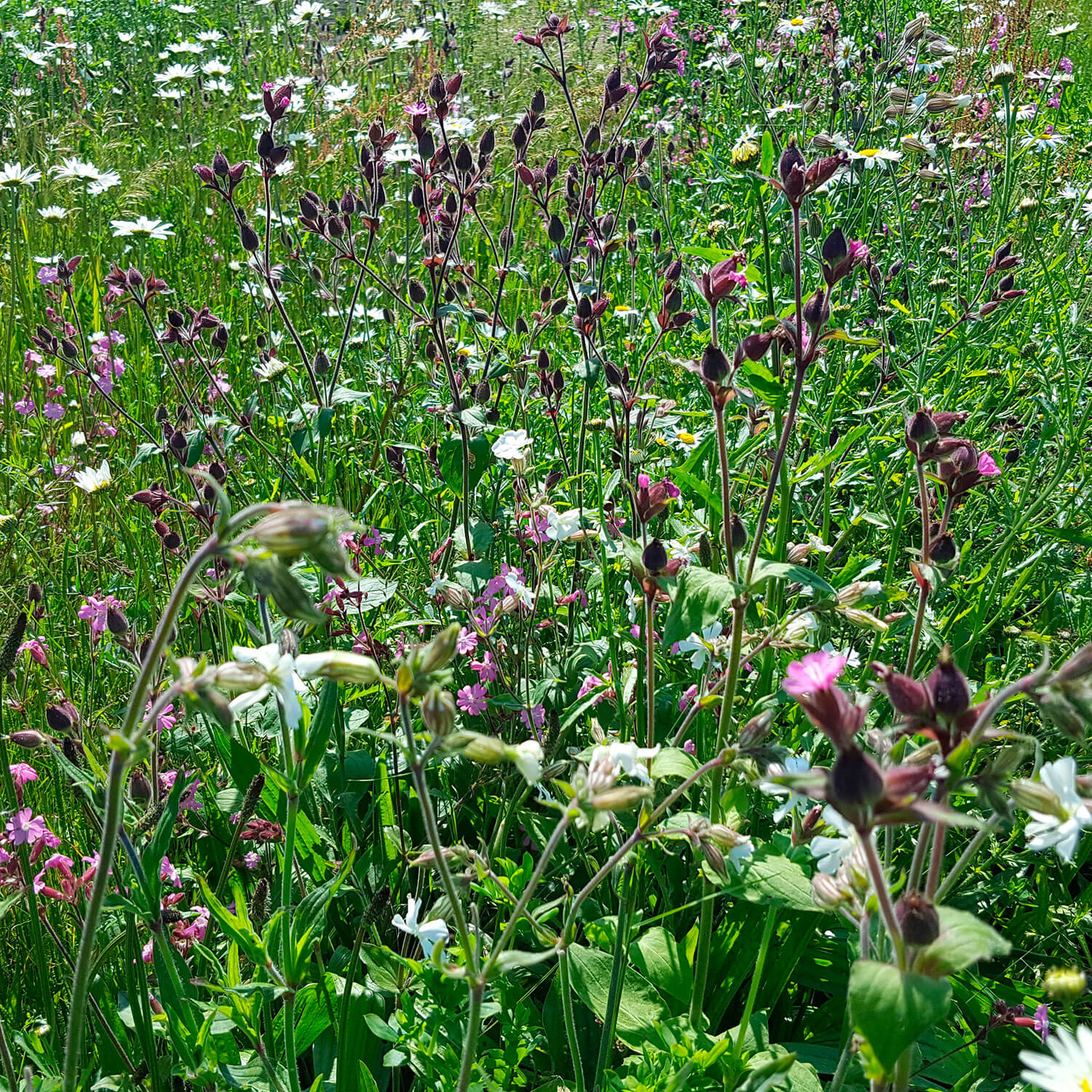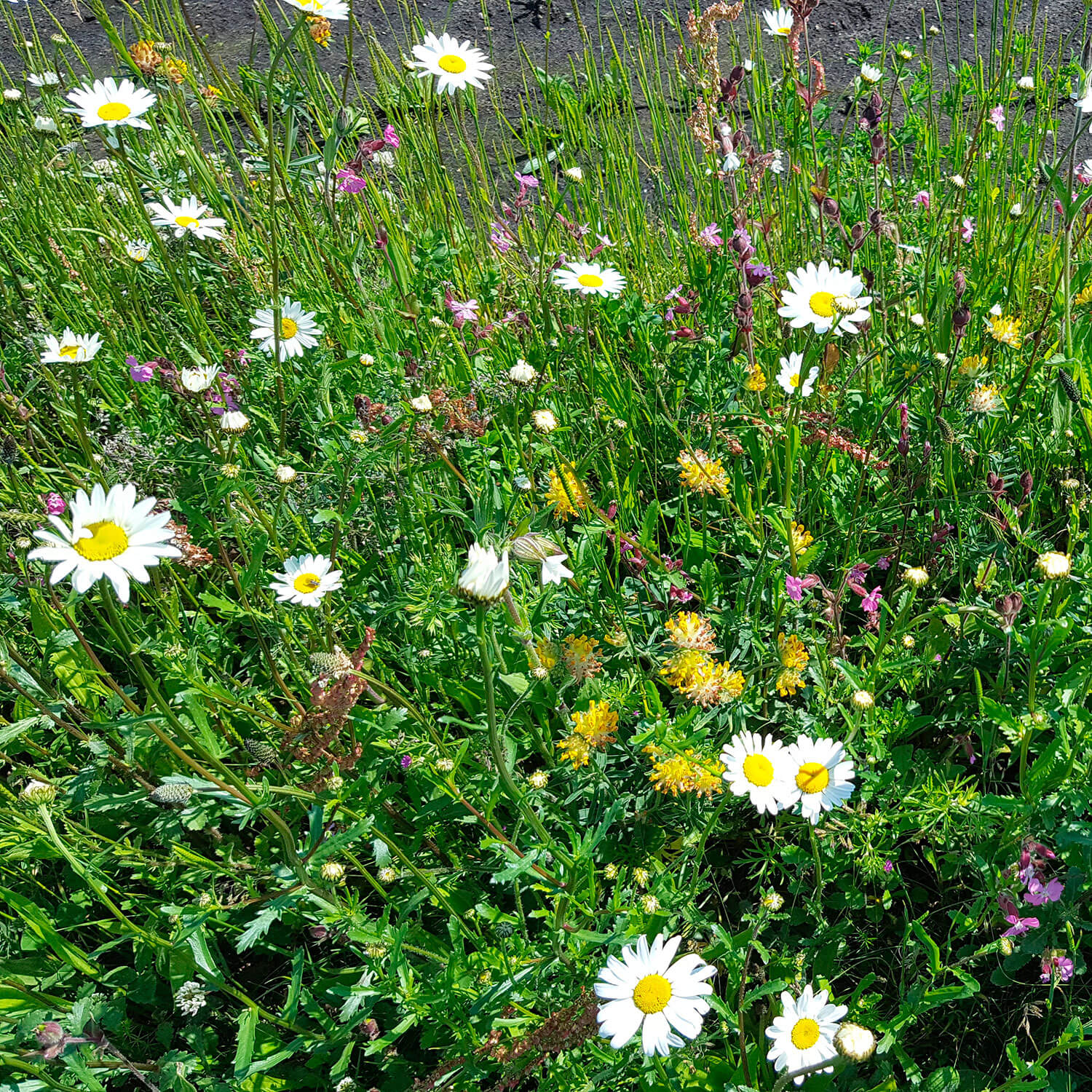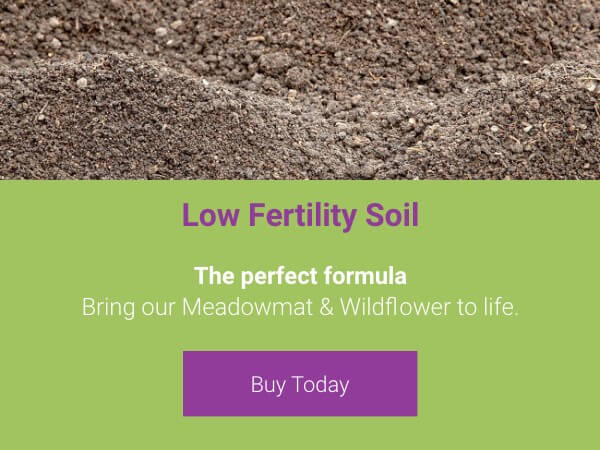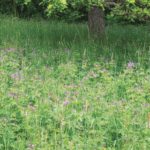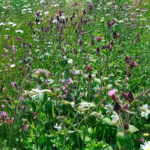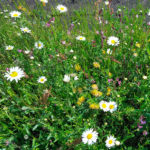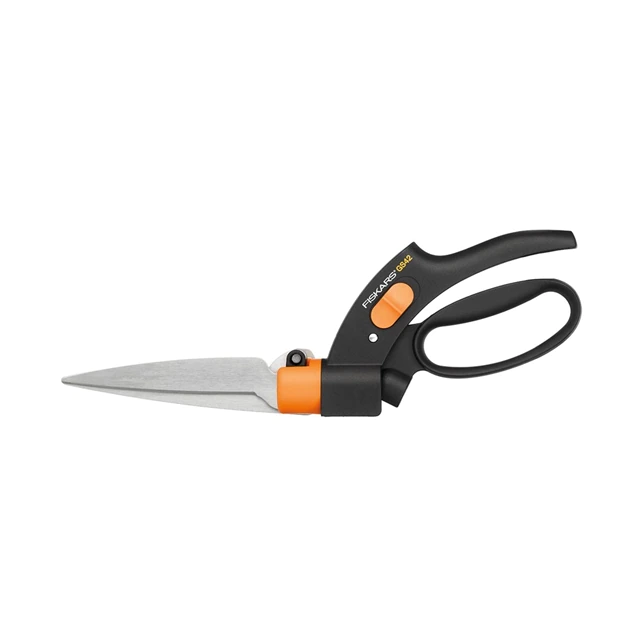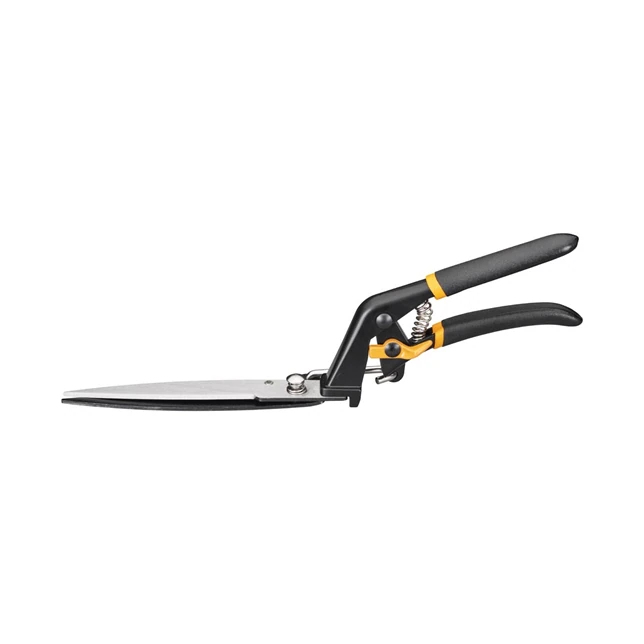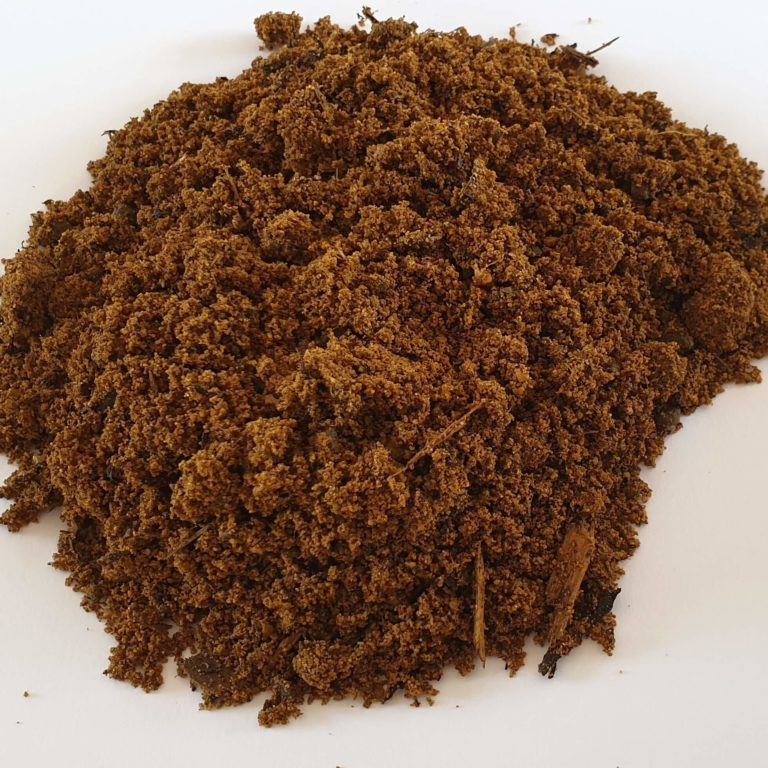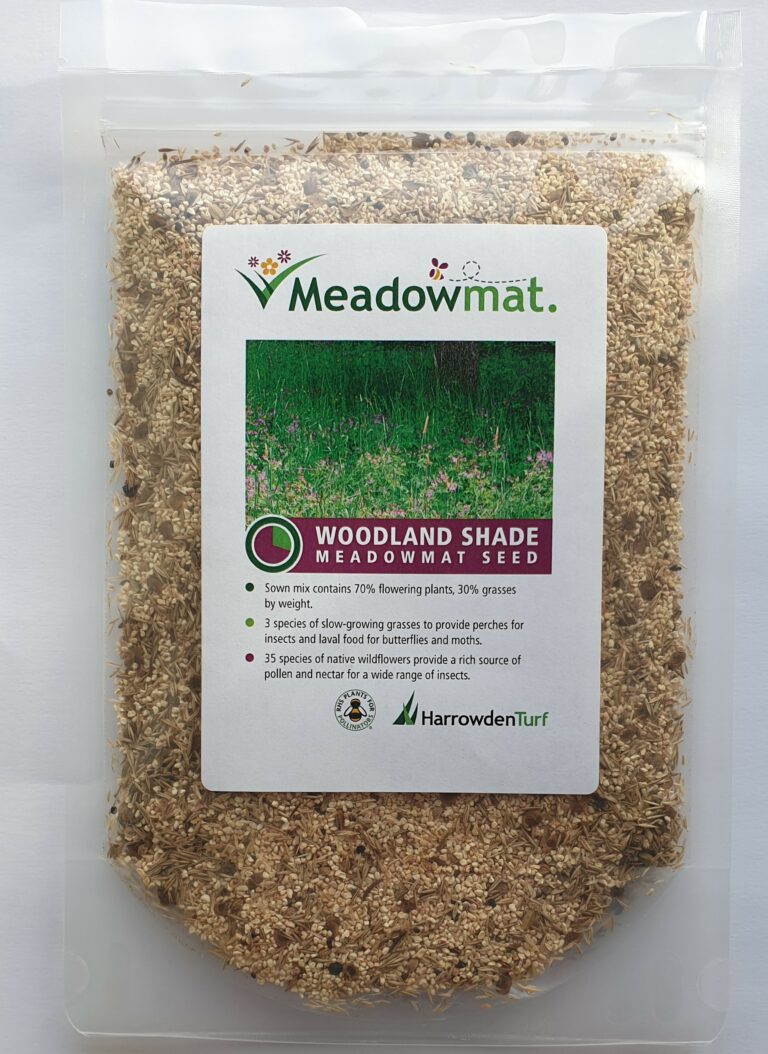Meadowmat Woodland Shade
Woodland Shade Meadowmat® is a blend of 35 native wildflowers and 3 grasses typically found growing in woodland margins and hedgerows.
Ideal for those tricky spots in the garden where many garden flowers flounder. Please bear in mind though that Woodland Shade cannot tolerate really deep shade. Dappled shade is OK but it definitely won’t thrive where the sun never shines. Woodland Shade will bring a splash of colour and serenity into your life alongside the knowledge that you are providing valuable wildlife habitat.
Garden design tip: Install Woodland Shade over the top of spring flowering bulbs like snowdrops, crocus, native daffodils and fritillaries for extra colour. Because the area won’t be mown until much later in the year, you won’t notice when the bulb foliage starts to wither and discolour.
Key Points
- All but one of the plant species in Woodland Shade Meadowmat® are perennial. That means that you will be enjoy them every year without replanting or reseeding……provided of course they are enjoying the conditions in your garden!
- Flowering Time: April – October (depending on local weather conditions) with the strongest flush of flowers in late Spring.
- To protect your plants, Meadowmat® is mown before despatch. It will not be in flower when it is delivered.
- Although any type of Meadowmat® can be installed at any time of year, Autumn is a great time of year to install Woodland Shade. That way the plants can root in over winter and be ready to bloom in early spring.
- It takes two slabs of Woodland Shade wildflower turf to cover 1 square metre of prepared soil. With a saturated weight of up to 20Kg/m2, it’s definitely better for Meadowmat® to be handled by two people than by a lone gardener.
- Be prepared to be amazed! Meadowmat® actually changes appearance every year. Each plant species in the seed-mix responds differently to weather and of course we get different weather every year. You will never be bored!
What is Meadowmat® ?
Meadowmat® is a modern landscaping material especially developed to help UK gardeners establish biodiverse planting areas quickly and easily. Plants are grown from seed onto a thin layer of growing medium where their roots intertwine to form a strong mat. The mat is transported as flat slabs with two slabs covering 1 square metre.
Woodland Shade asks for a largely hands-off and rather eco-friendly style of gardening. So, there’s no need for fertilisers and sprays, these plants are self-sufficient. So, leave it to grow unchecked between February and August. The biggest burst of the flowers will appear in May followed by smatterings of colour through Summer. At the end of Summer, use a scythe to take off the vegetation – leave just 10 – 15 cm to re-grow and take away all of the trimmings. Then, mow once or twice in Autumn to remove excess growth and let it overwinter. If you are growing Woodland Shade under trees, please remove fallen leaves in Autumn.
You’ll find installation and maintenance guidance in the blog and the “Help & Advice” sections of our website.
Finding the right place to grow Meadowmat Woodland Shade
Woodland Shade prefers to grow in partial shade and moist, but well drained low fertility soil. Please avoid deep shade – the plants do need some daylight in order to thrive. Happiest in a fairly neutral pH but will tolerate all but the most acidic or alkaline soils.
To get the best from your Meadowmat®, install onto our Low Fertility Soil. This helps to regulate the growth of the grasses so that the flowering plants can thrive.
Coverage
Each slab of Woodland Shade wildflower turf measures 500mm (19.6″) wide by 1000mm (39.2″) long so it takes two slabs to cover 1m².
Please note this product is sold per square metre.
Want to grow your own from Seed?
The mix of wildflowers found in Woodland Shade Meadowmat Wildflower Turf is also available as a seed mix – if you would like to grow your own from scratch or you just want to add some extra colour.
What’s In Meadowmat Woodland Shade?
Please note, percentages refer to the weight of the seed in the growing mix and do not necessarily reflect the proportions of mature plants.
30% native grasses
Pretty grasses to help retain soil moisture and create wildlife habitat.
For more information about each grass, click on the article below
| Crested Dogstail | Sheep’s Fescue |
| Yellow Oat-grass |
70% native wildflowers
For more information about each flower, or to purchase more of the individual species, click on the links below:
Perishable living products should be installed on the day of delivery. In the unlikely event that your product does not arrive in good condition please get in touch immediately with photos showing the issue.
The actual percentage of each species contained may vary due to environmental factors. Turfonline makes every effort to ensure wildflower products are free from weeds and pests, however due to the natural way in which these products are grown we cannot guarantee they are 100% pest free on delivery. It is unlikely that you will see every species that is listed. The variation of species present has been developed to suit a wide variety of soils and environmental conditions. This will result in a product that will adapt to individual settings which may mean some species are more successful than others. Contains annual and perennial species. If installed after March many species may not flower during the first year.
